The museum was founded in 1948 as the Maritime Museum of Canada; but through several moves it developed into the Maritime Museum of the Atlantic, and a part of the Nova Scotia Museum system. In addition to over 30,000 artifacts, the museum also has a collection of 30,000 photographs as well as a large collection of charts and rare books. A reference library, open to the public, is named after the Museum’s founding director, The Niels Jannasch Library. The museum has Canada’s largest collection of ship portraits
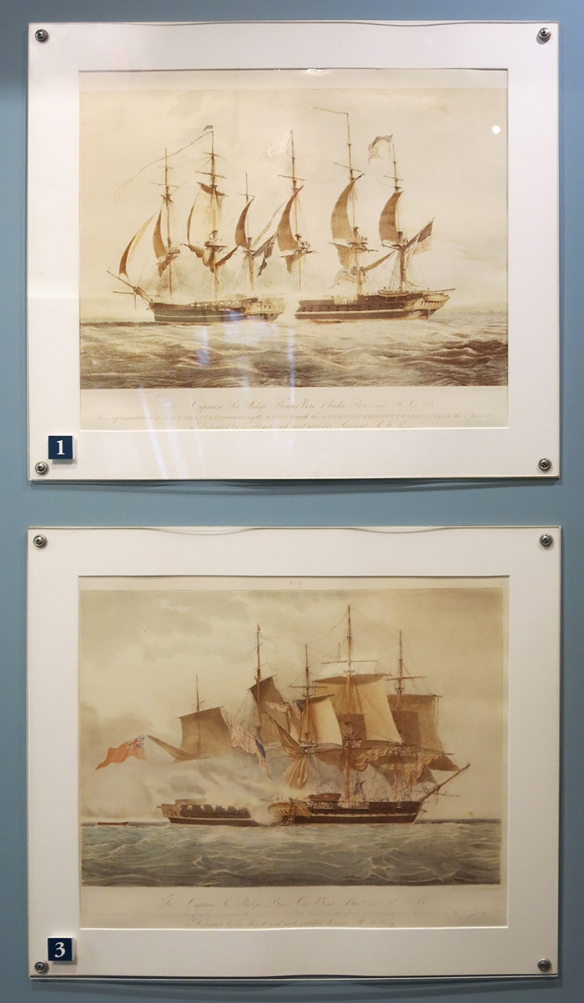

as well as a large collection of ship models.

SS Damottar Castle
Always impressive to see how much detail gets replicated.

The galleries surround a large open space filled with sailboats.
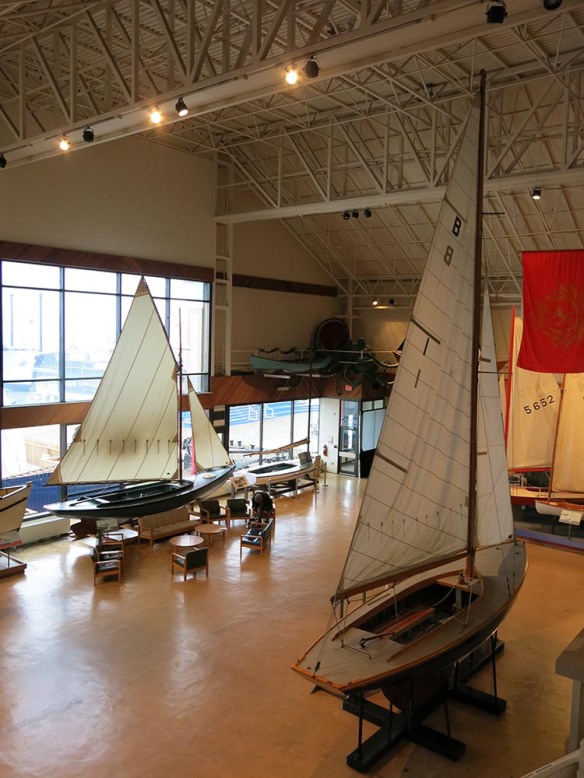
It’s really helpful to be able to see them from so many different angles.
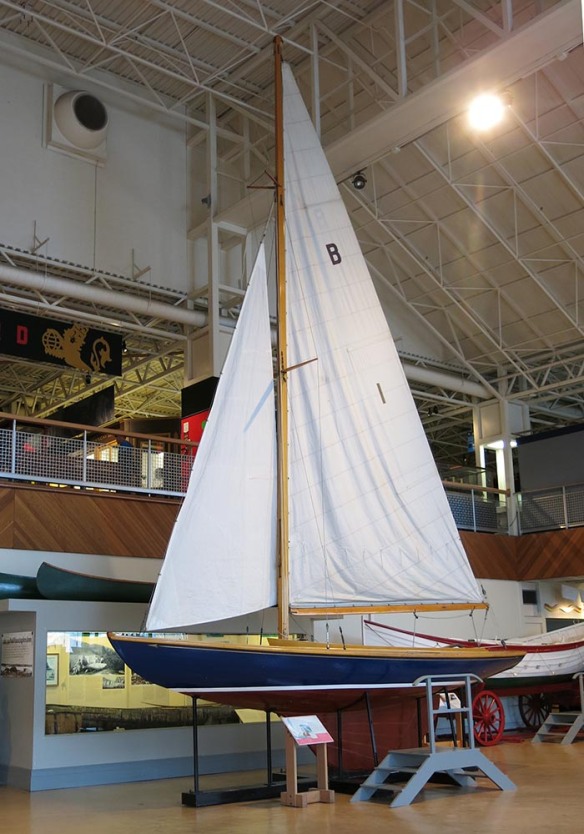
It helps also being able to so clearly see the interior construction,
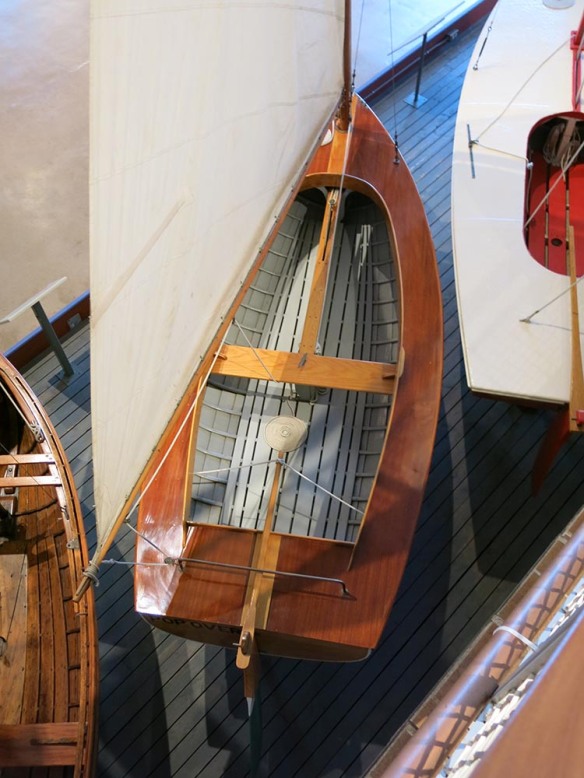
especially in a couple of cases where the exterior skin of the hull has been removed.
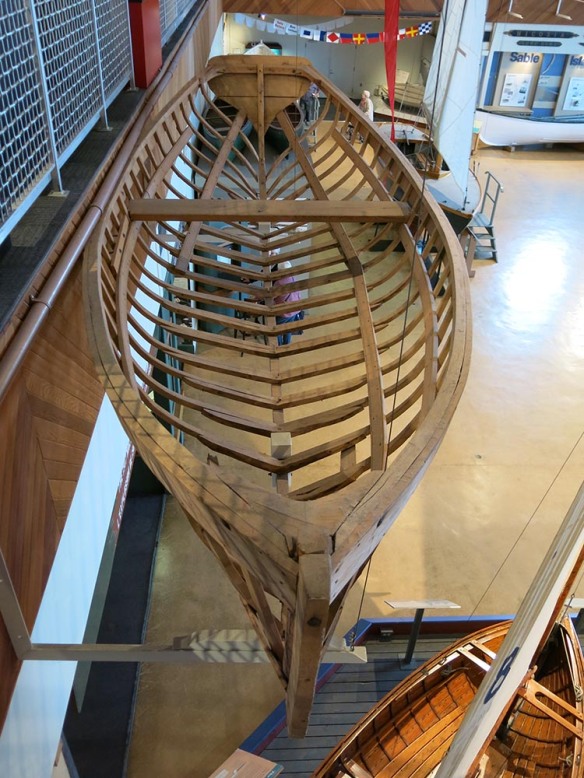
Much of this is also what you would find at many maritime museums; but two parts of this museum are absolutely unique to Halifax.
Sinking of the Titanic
A special permanent exhibit explores the sinking of RMS Titanic with an emphasis on Nova Scotia’s connection to recovering the bodies of Titanic victims.
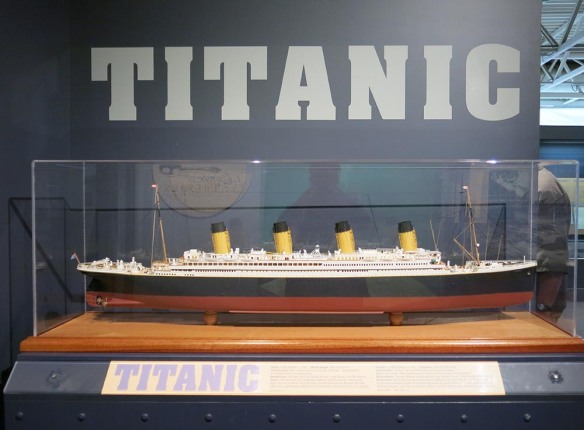
This exhibit of a ‘found’ teacup shows some of the romance and fashion that was associated with the new class of steamships, in this case one from the Quebec Steamship Company, a “tangible reminder of the pride, opulence and attention to detail that was common in steamship companies at the turn of the century.”
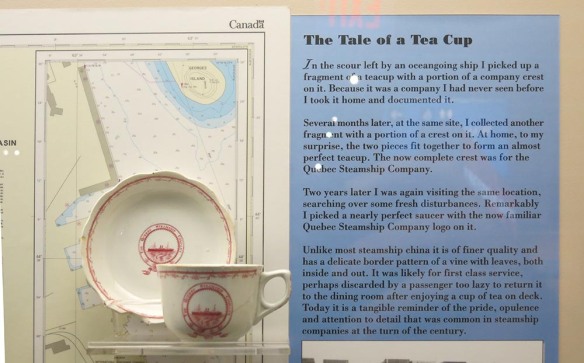
There was also a lot of bravado about the advancement of steamship technology.
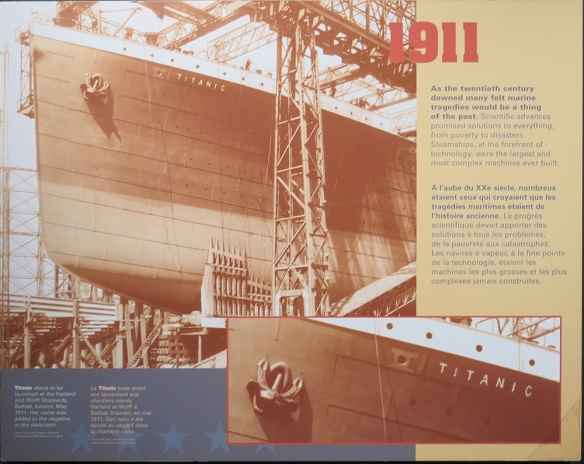
During construction, the Titanic was heralded as unsinkable. “Marine tragedies would be a thing of the past“.
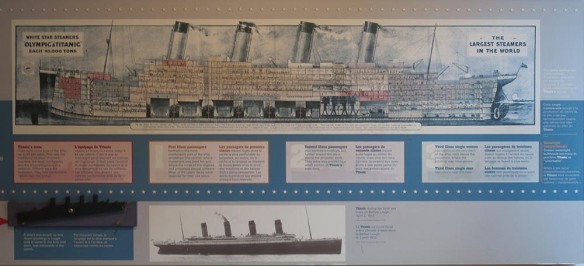
A close-up of the section gives a sense of the massiveness of the construction, revealed by comparing the size of the engine room below to the cabins above.
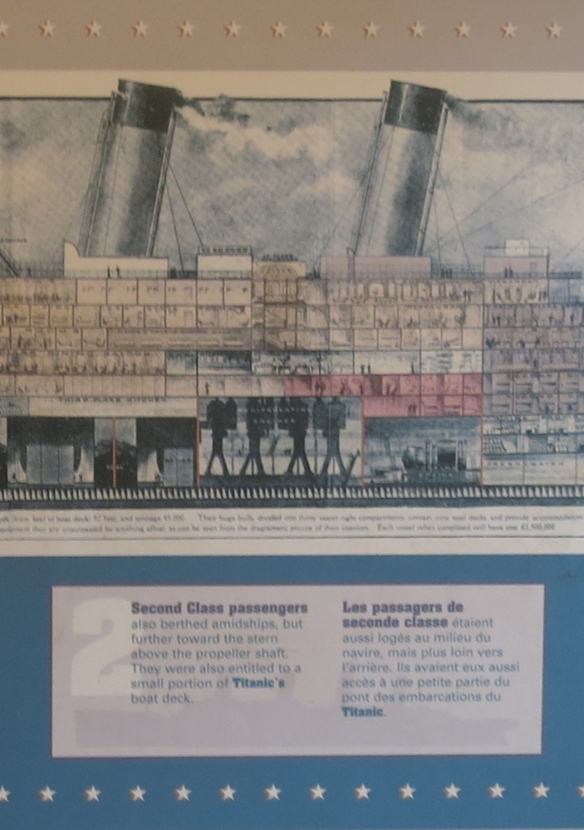
The museum has the world’s foremost collection of wooden artifacts from Titanic, including one of the few surviving deck chairs.
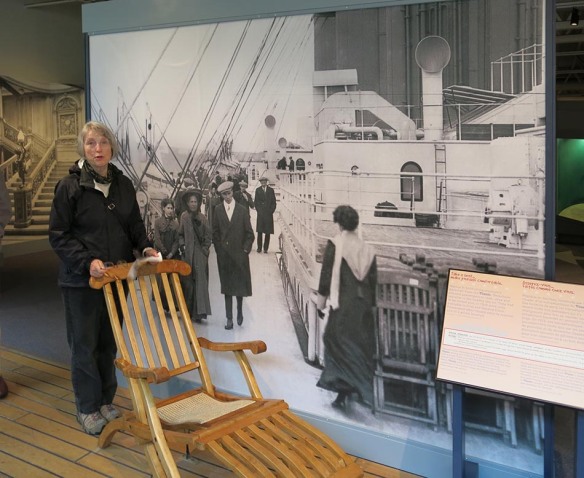
The Titanic exhibit also includes a child’s pair of shoes which helped identify Titanic‘s “unknown child” as Sidney Leslie Goodwin, previously unidentified for 100 years.
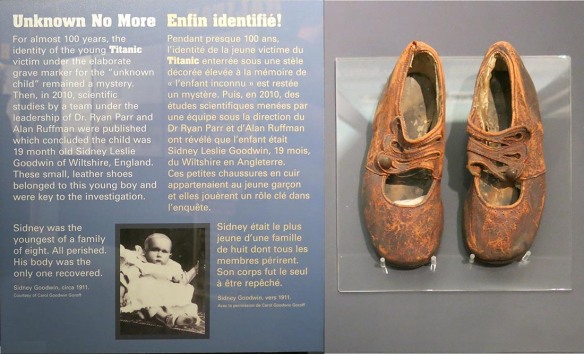
The other dramatic event presented by the museum was explosive.
Mont-Blanc Explosion
December 1917 saw one of the greatest disasters in Canadian history, when the SS Mont-Blanc, a French cargo ship carrying munitions, collided with the Belgian Relief vessel SS Imo in “The Narrows” between upper Halifax Harbour and Bedford Basin.
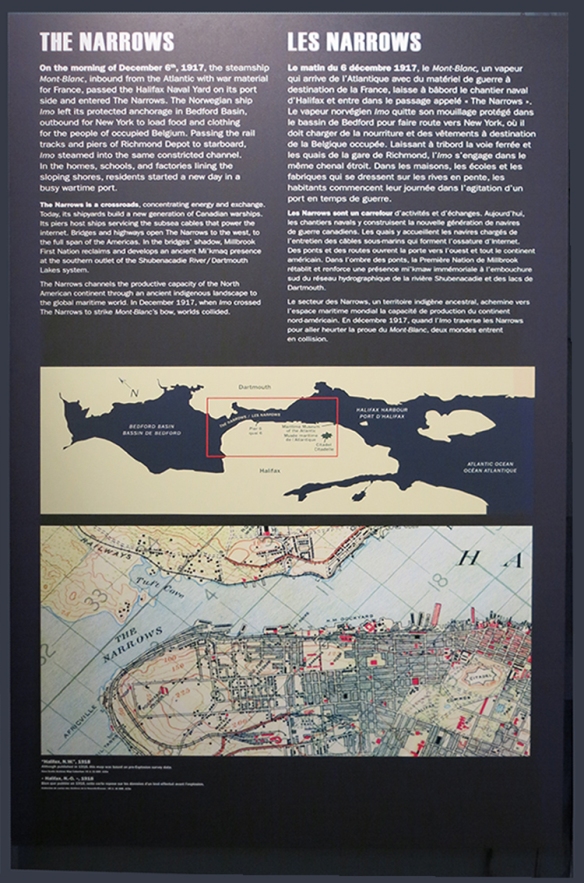
In this case, the significance of the Narrows was that it required the shipping lanes to be located quite tight to the shore line where limited maneuvering room made collisions more likely. The resulting Halifax Explosion, devastated the Richmond District of Halifax, killing approximately 2,000 people and injuring nearly 9,000 others. The blast was the largest artificial explosion before the development of nuclear weapons.
Significant aid came from Boston, strengthening the bond between the two coastal cities.
One unique story made the event intensely personal. A young girl was lifted by the force of the blast and carried a quarter of a mile through the air – and somehow survived.
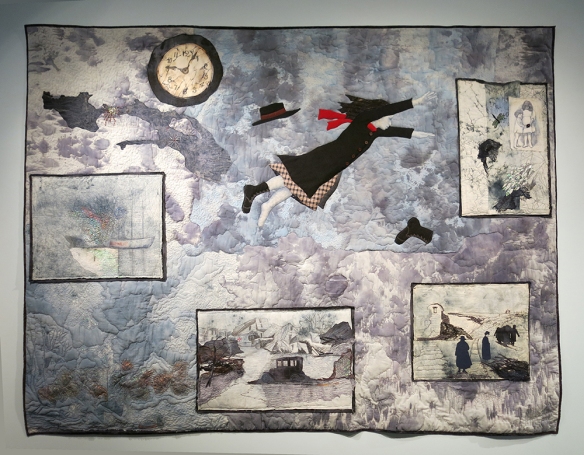
As an adult many years later she commemorated the event by creating this quilt of her “flight” and other events of the day.
This bowsprit commemorated our events of the day and we headed out for dinner.
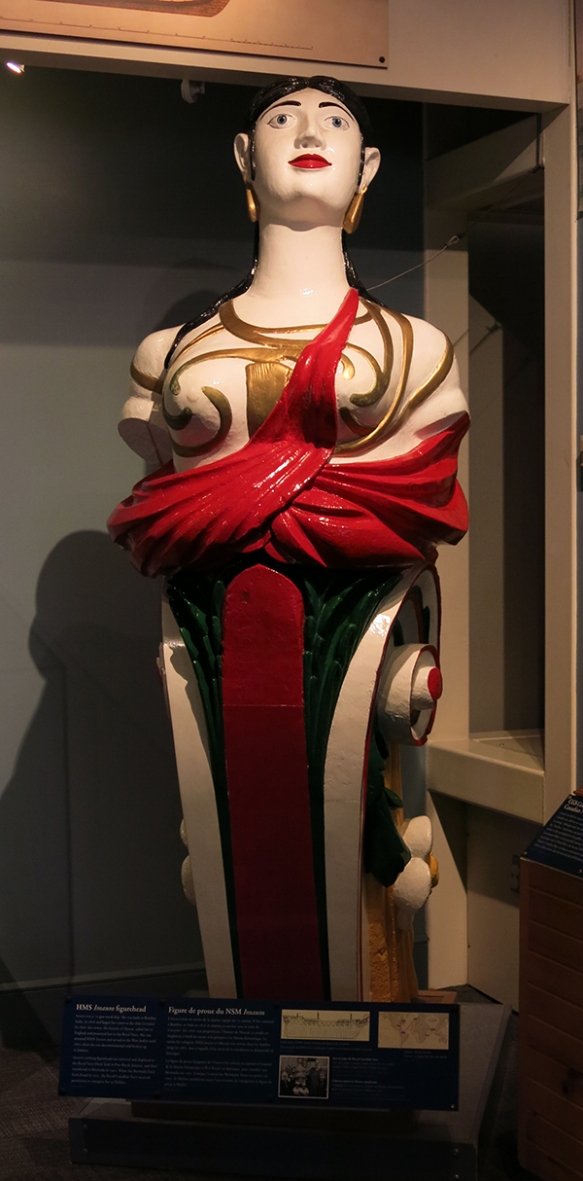
Next time a side trip to Peggy’s Cove and Lunenburg.
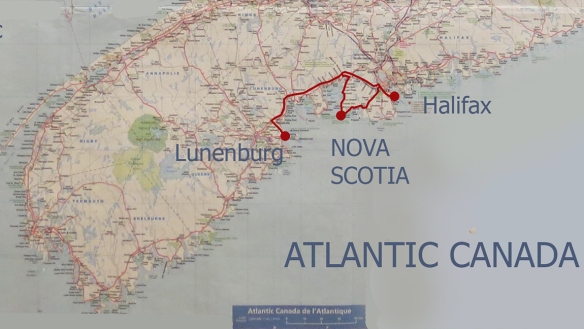

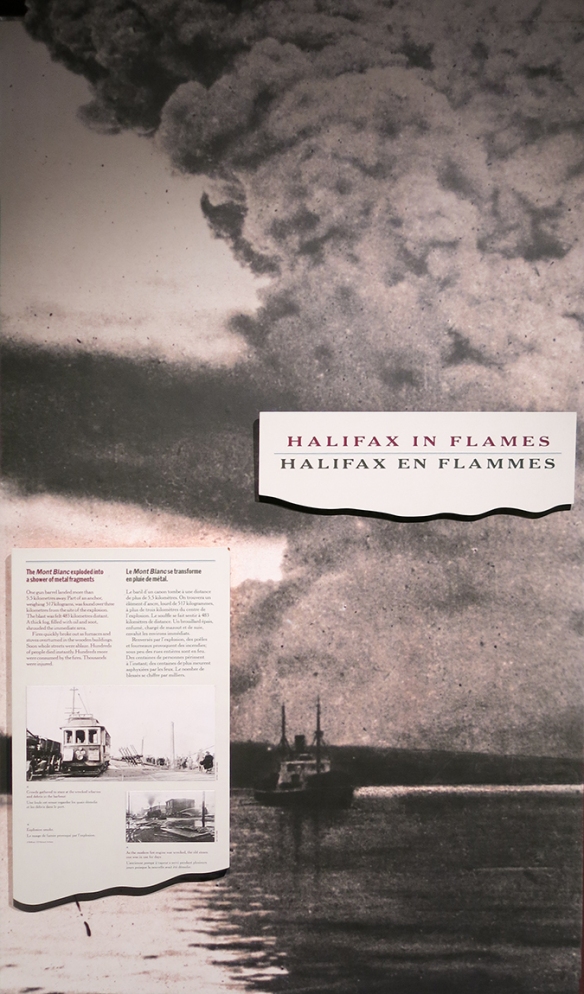
This is a fabulous museum! You have picked out some wonderful exhibits to share, Mark.
One thing about visiting this part of Canada is that it doesn’t lack for maritime museums. This one was pretty good, and though a bit scattershot, and it had those materials about the Titanic and Mont Blanc explosion which were both striking and unique to Halifax.